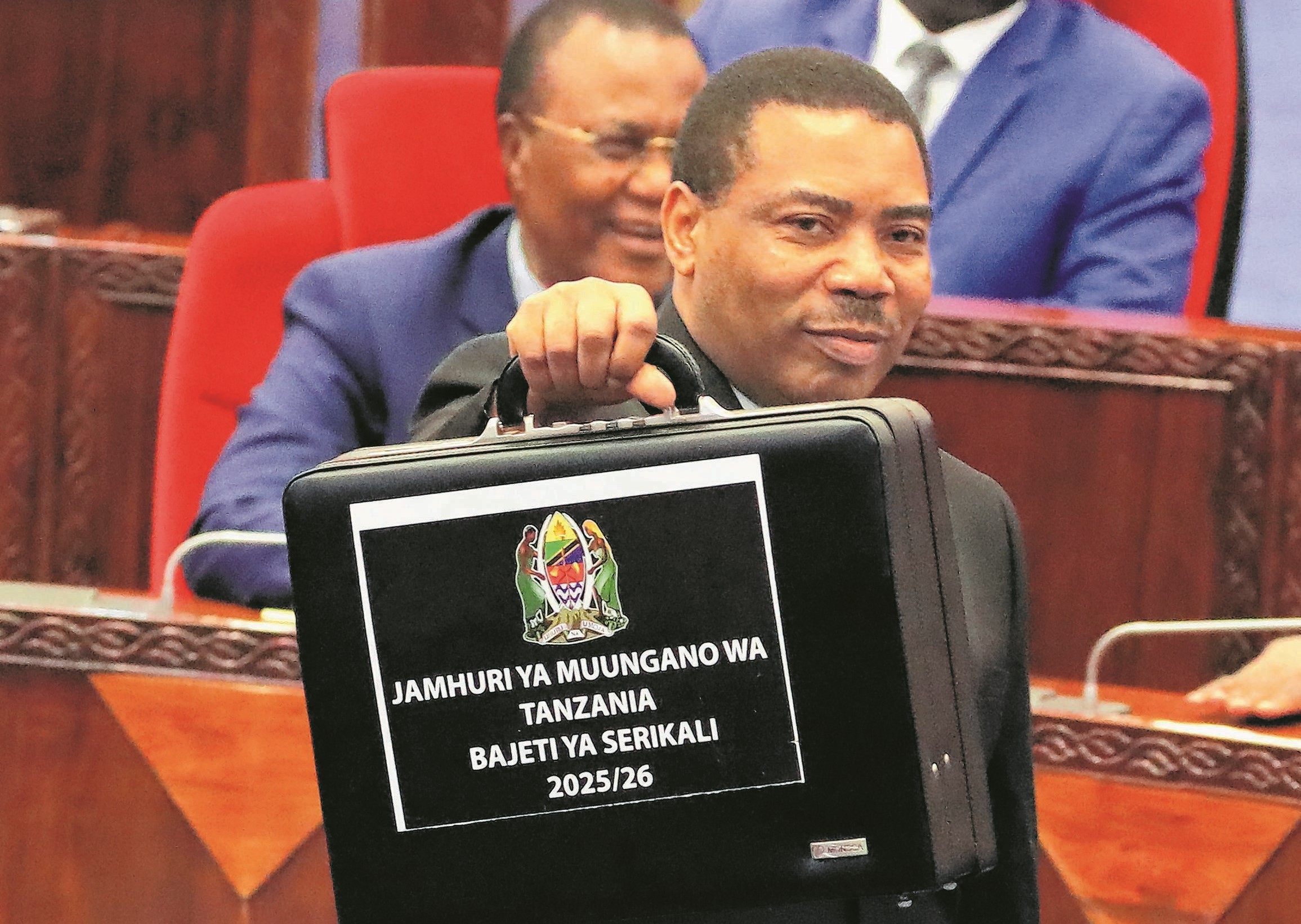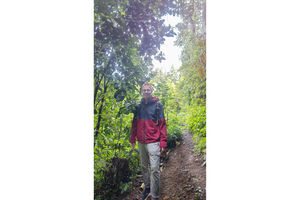Why Dar contests ivory trade ban

Outgoing Natural Resources and Tourism minister Lazaro Nyalandu inspects tusks impounded by police in Singida recently. PHOTO | FILE
What you need to know:
The African Elephant Coalition met last week in Cotonou where 22 countries were represented and three guest states.
Cotonou/Dar. Stakeholders in the wildlife industry have expressed concern over what they described as Tanzania’s authorities’ silence at a meeting held in Cotonou, Benin, that resolved to ban the elephant trade.
The African Elephant Coalition met last week in Cotonou where 22 countries were represented and three guest states.
In their announcement on November 4, the coalition said that they had resolved to push for all African elephant populations to be listed on the CITES Appendix I.
The delegates agreed that in 1989, the CITES listing of elephants on Appendix I, which banned international trade in ivory, had led to population recovery.
Contacted for comment yesterday, the Permanent Secretary in the Ministry of Natural Resources and Tourism, Dr Adelhelm Meru, said powerful nations were pushing for the ban without having the knowledge of the elephant population.
“Western nations treat Africa as one country not knowing that if, for example, Gabon has 50 elephants, it doesn’t mean the same population of the animals applies to Tanzania,” said Dr Meru in a telephone interview.
He said, Tanzania has enough elephants that allowed tourist hunting, adding that when the population of the elephants grew it created conflict with mankind when they invade farms and sometimes kill people.
“When the elephants damage farms and kill people they (Western countries) come and compensate the affected people,” said Dr Meru, adding, “We will do what we deem appropriate and that’s what people do.”
In 1997, CITES introduced a split-listing. This meant that some populations of the African elephants retained their endangered status in Appendix I.
The hunting of big game to provide employment and hard cash to communities would, it was argued, ensure the long-term survival of the species. This view has long been supported by people who believe that hunting and trade should be allowed to continue.
In their application in 2010 to the CITES consideration of proposals for amendment of appendices I and II, Tanzania indicated that they had a stable population and said: “Trade in elephant products is essential to the conservation of elephants.”
Since then, Tanzania’s elephant population has declined significantly with the National Geographic reporting in June 2015 that the Tanzanian government had announced a fall of 60 per cent of elephants in “the past five years.”
Despite figures showing that the country is one of the world’s biggest sources of illegal ivory, the government explained this population drop as being attributed to the elephants migrating to neighbouring countries.
The environmental Investigation Agency (EIA) said at the time that they recognise that elephants do migrate, but not on this scale.
Tanzania has been opposed to trade bans for years and lobbied several times for restrictions to be lifted so that it could sell its ivory stocks.



